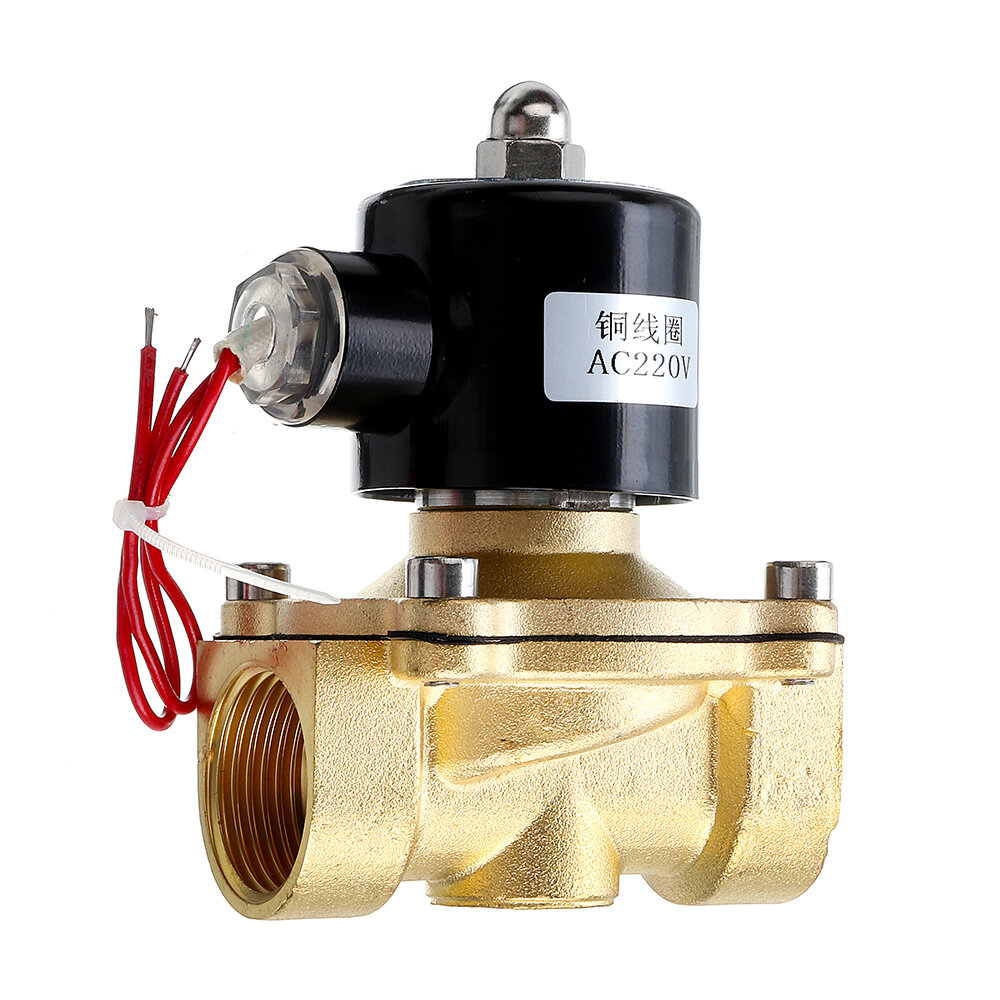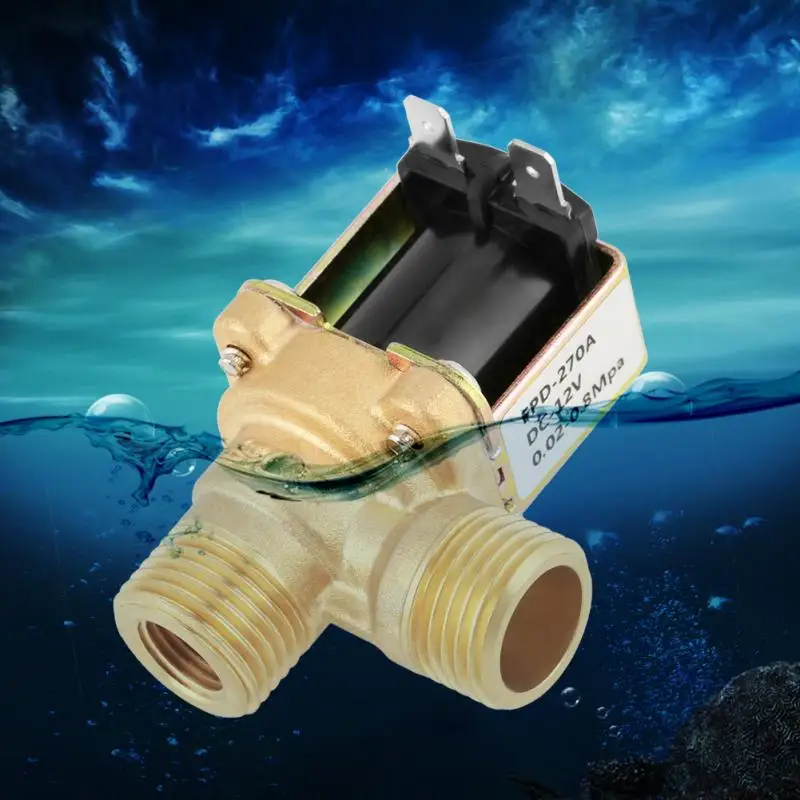
The water in this second tank collects the possible impurities and hydrogen comes out through the upper part of the tank.”Īfter the hydrogen is purified, it flows via an upper conduit to another tank equipped with closed contacts, a safety valve and an outlet pipe assisted by a solenoid valve. “Then, the generated hydrogen leaves through the upper area of the tank to be introduced into an equally pressurized tank. “It is the air that causes the reaction between the different chemical components and generates hydrogen,” the scientist explained. Hydrogen production begins when a 20 W compressor discharges pressurized air in the lower part of the tank. The prototype consists of a water tank that is initially filled with water, ferrosilicon, and sodium hydroxide. However, this process implies a significant electrical consumption that makes it not interesting from an economic point of view,” he told pv magazine. “Until now, the most common way to produce hydrogen is by electrolysis.

has developed a system that is able to generate and store hydrogen on-site from tap water without electrolysis.


Market overview: Large-scale storage systems.


 0 kommentar(er)
0 kommentar(er)
